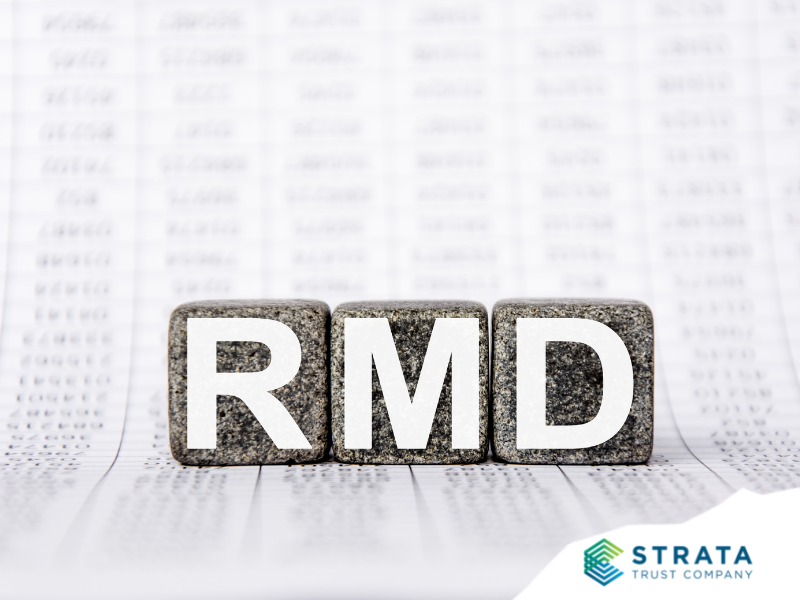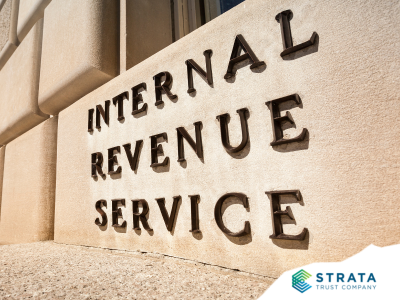If you are age 72 or older, you are required to take a minimum distribution from your Traditional, SEP, and SIMPLE IRAs each year. Those who were age 70½ by December 31, 2019, were required to begin RMDs at that age.
It’s important to make your distribution requests to your IRA Service Provider in time to process the request by December 31, 2021.
- If you turned 72 in 2021 and have not already started taking RMDs, you have until April 1, 2022, to take your first RMD.
- If you reached 72 prior to 2021 or started taking RMDs at age 70½, you must take an RMD by December 31, 2021.
PREPARE FOR FUTURE RMDS
As you look ahead to next year’s RMD and beyond, here are a few updates and strategies you may want to consider.
Changes to RMD Calculations
When you’re projecting your taxable income for 2022, remember that your RMD may be smaller in 2022 and beyond. The IRS has adjusted the life expectancy tables that are used to calculate RMDs and beneficiary distributions to account for longer life expectancies. This adjustment should result in smaller RMDs because your account balance will be spread over a greater number of years when calculating your distribution amounts.
For example, under the existing Uniform Lifetime Table, the life expectancy factor* for a 74-year-old is 23.8. Under the updated table, the factor for a 74-year-old is 25.5. With an IRA balance of $400,000, using the new table will reduce the RMD from $16,194 to $15,686. The new Uniform Lifetime Table is expected to be revised in Publication 590-B for 2022 returns.
If your first RMD is due for 2021 and you delay taking it until sometime before April 1 in 2022, you can’t use the new tables to reduce your 2021 RMD. Your 2021 RMD must be calculated using the old tables. The new tables will be used to calculate the RMD due for 2022.
Consider Conversions to a Roth IRA
Some IRA owners convert a portion of their Traditional IRA or workplace retirement plan savings to a Roth IRA to reduce their RMDs because Roth IRAs are not subject to RMDs (during the IRA owner’s lifetime). Although the amount of deductible or tax-deferred assets converted to a Roth IRA must be included in your taxable income for the year of conversion, you can withdraw those assets from the Roth IRA tax-free when you want and you won’t ever have to pay tax on investment growth in the Roth IRA.** Before converting, it’s important to work with a financial advisor or account to model the impact of the conversion(s) on your income tax bill, including the potential of being bumped into a higher tax bracket.
Those who are considering conversions to reduce or end their RMDs should also be aware that Congress is currently debating whether to eliminate or change Roth conversions. As of mid-November 2021, proposed legislation would stop all conversions of nondeductible IRA contributions and after-tax retirement plan assets to a Roth IRA, beginning January 1, 2022. This change was proposed to shut down the “back door” and “mega back door” tax-free conversion strategies used by some taxpayers who earn too much to be eligible to contribute directly to a Roth IRA. The proposed bill would also stop “high earners” from converting deductible Traditional IRA or tax-deferred retirement plan assets to a Roth IRA beginning January 1, 2032. (A high earner is defined as a single taxpayer with more than $400,000 income per year and married taxpayers earning more than $450,000.)
These provisions may be stripped out of the bill before it becomes law. But just in case they are passed, some IRA owners are talking to their financial professionals about converting after-tax retirement assets to a Roth IRA yet in 2021 and creating a strategy to convert pre-tax amounts to a Roth IRA over the next 10 years.
Allocate Investments to Align with RMDs
Another way some IRA owners reduce the effect of forced distributions on their investment portfolio is to allocate investments among their Traditional IRAs, or their Traditional and Roth IRAs, with an annual distribution in mind. For example, some investors might keep only low-volatility or liquid investments in their Traditional IRAs so that distributing an RMD each year does not force liquidation when an investment’s value has dropped significantly, or when an investment is projected for long-term growth. Some investors keep enough cash in their IRAs to cover the RMD amount each year, and some may use the RMD to divest investments they feel are at their peak value or where they want to reduce their holdings.
Ready to Schedule Your RMD?
RMD resources for STRATA Trust IRA account holders:
- Initiate an RMD request
- Learn more about RMDs
TALK TO YOUR FINANCIAL ADVISOR
For more information on considerations and strategies for taking your RMD for 2021, see our blog, Do You Have an RMD Strategy? Discuss these and other tax and investment options with your financial advisor to make sure you are maximizing your tax-qualified retirement savings and investment opportunities while meeting your RMD requirements.
*The Uniform Lifetime Table sets the life expectancy factors based on the joint and last survivor life expectancies of the account owner at each age and a hypothetical beneficiary exactly 10 years younger.
** A Roth IRA distribution of earnings will be tax-free if the IRA owner has had a Roth IRA for at least 5 years and the is age 59½ or older, disabled, deceased, or making a qualified first-time home purchase.













